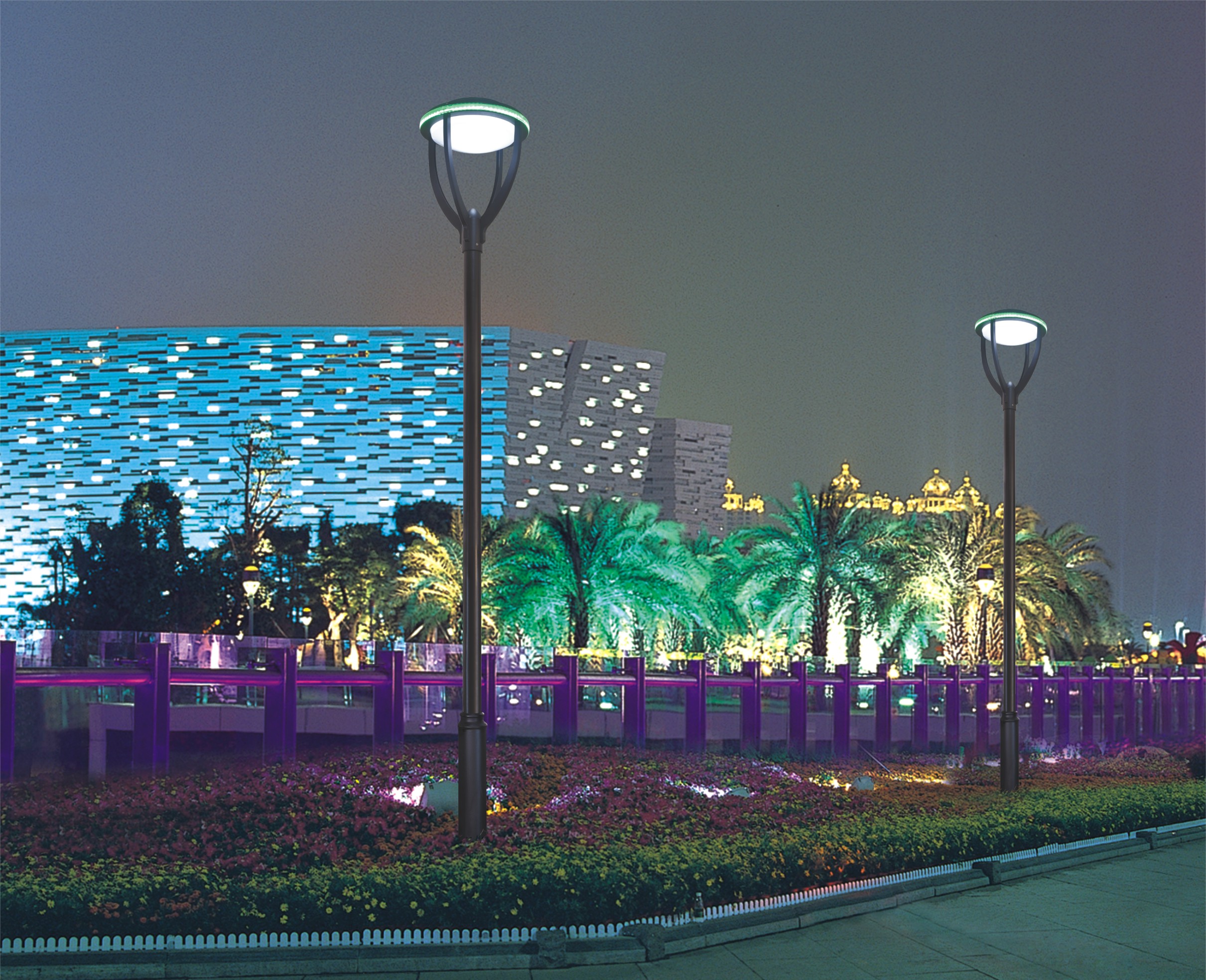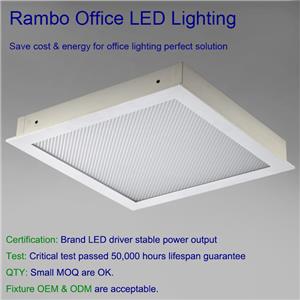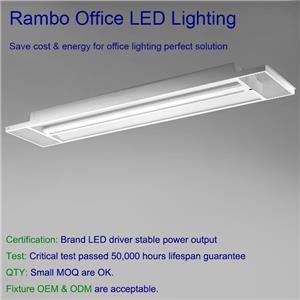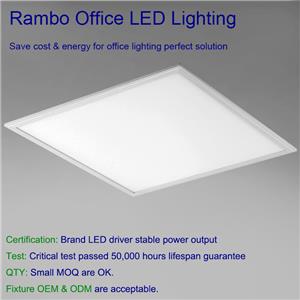How our LED panel light save energy and power

1. High luminous efficiency of LED light sources
Comparison of luminous efficiency: Incandescent light efficiency is 10-15lm, halogen tungsten light efficiency is 12-24 lumens/watt, fluorescent light efficiency is 50-90 lumens/watt, sodium light efficiency is 90-140 lumens/watt, and most of the power consumption becomes heat loss.
LED light efficiency: can emit up to 50-200 lumens/watt, and has good monochromaticity, narrow spectrum, no need for filtering, and can directly emit colored visible light.
2. Low power consumption of LED light sources
LED single tube power 0.03-0.06 watts, DC driven, single tube drive voltage 1.5-3.5 volts. The current of 15-18 milliamperes has a fast reflection speed and can be operated at high frequencies. When used in the same lighting effect, the power consumption is one thousandth of that of incandescent lamps and half of that of fluorescent tubes. Japan estimates that replacing half of Japan's incandescent and fluorescent lamps with LEDs that have a light efficiency twice that of fluorescent lamps can save the equivalent of 6 billion liters of crude oil per year. A fluorescent lamp with the same effect consumes more than 40 watts, while the power of each LED is only 18 watts.
3. Long service life of LED light sources
Incandescent lamps, fluorescent lamps and tungsten halide lamps are characterized by electronic light field radioluminescence, easy burning of filament light, heat deposition, light attenuation, etc., while LED lamps are small in size, light in weight, and encapsulated with epoxy resin, which can withstand high strength mechanical shock and vibration, and are not easy to break. The average life of LED lamps can reach 30000 to 50000 hours, and the service life of LED lamps can reach 3-5 years, which can greatly reduce the maintenance cost of lamps and avoid the pain of frequent lamp replacement.
4. Strong safety and reliability
Low calorific value, no thermal radiation, cold light source, safe touch, precise control of light type and luminous angle, light color, no glare, no mercury, sodium and other substances that may pose health hazards.
5. LED light sources are environmentally friendly
LED is a fully solid light emitting body, resistant to impact and not easily broken, recyclable waste, pollution-free, and reduces the generation of harmful gases such as sulfur dioxide and nitrogen compounds, as well as greenhouse gases such as carbon dioxide, to improve people's living environment. It can be called a "green lighting source".
There are currently three types of technologies for producing white LED: one is to use the principle of three primary colors and the already available ultra-high brightness LEDs of red, green, and blue, which are mixed in a 3:1:6 ratio of light intensity to form white, Utilizing ultra high InGan blue LEDs, a small amount of yttrium garnet as the main phosphor is added to the tube assembly, which can generate yellow green light under blue light excitation, and this yellow green light can be combined with the transparent blue light to synthesize white light. The three types of non UV LED are non UV LED, which use UV light to excite tricolor phosphors or other phosphors to produce multi-color mixed white light.
6. LED light sources are more energy-efficient
Of course, energy-saving is the main reason we consider using LEDs, Perhaps LEDs are more expensive than traditional light sources, but it takes one year of energy saving to recoup the investment in the light source, resulting in several times the annual energy-saving net cover period for 4-9 years.
Longer life
The constant current source drive is the best LED driving method, which uses a constant current source drive and does not require a series current limiting resistor in the output circuit, The current flowing through the LED is also not affected by external power supply voltage changes, environmental temperature changes, and the discreteness of LED parameters, thus maintaining a constant current and fully utilizing the various excellent characteristics of the LED.
Using LED constant current power supply to power LED lamps, as the current flowing through the LED is automatically detected and controlled during power operation, there is no need to worry about excessive current flowing through the LED during power on, nor is there any need to worry about load short circuits burning the power supply.




